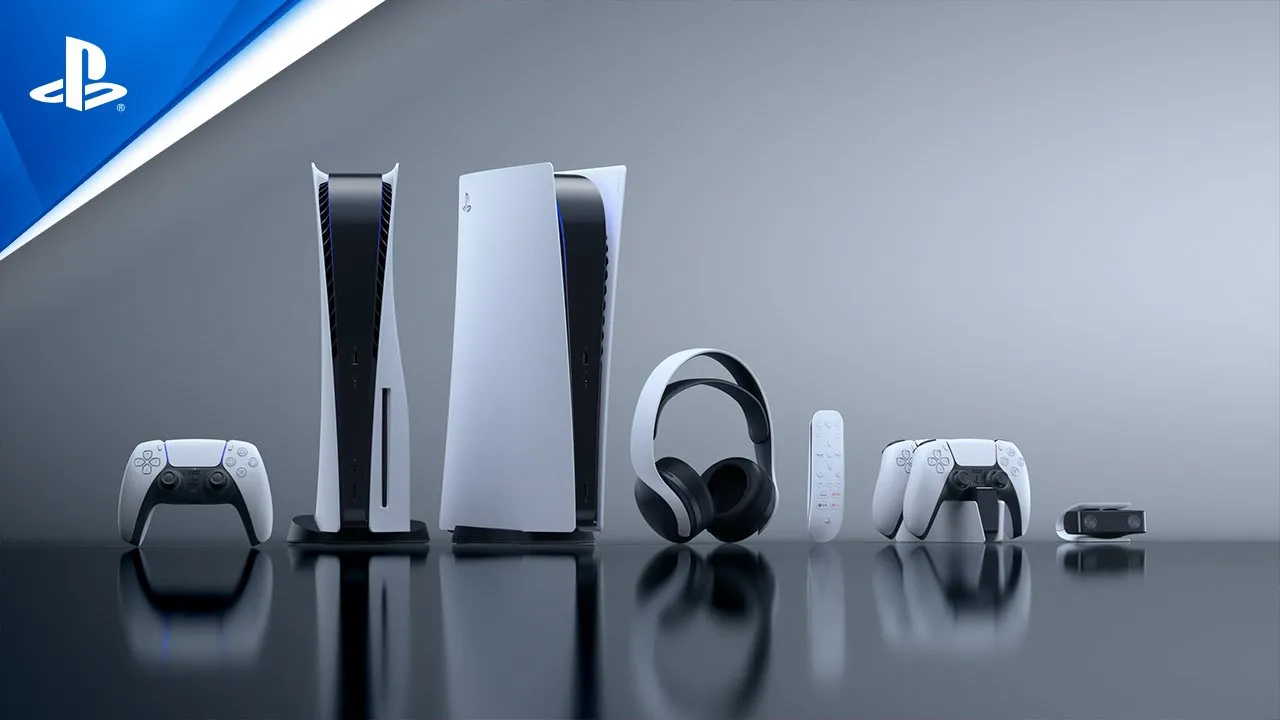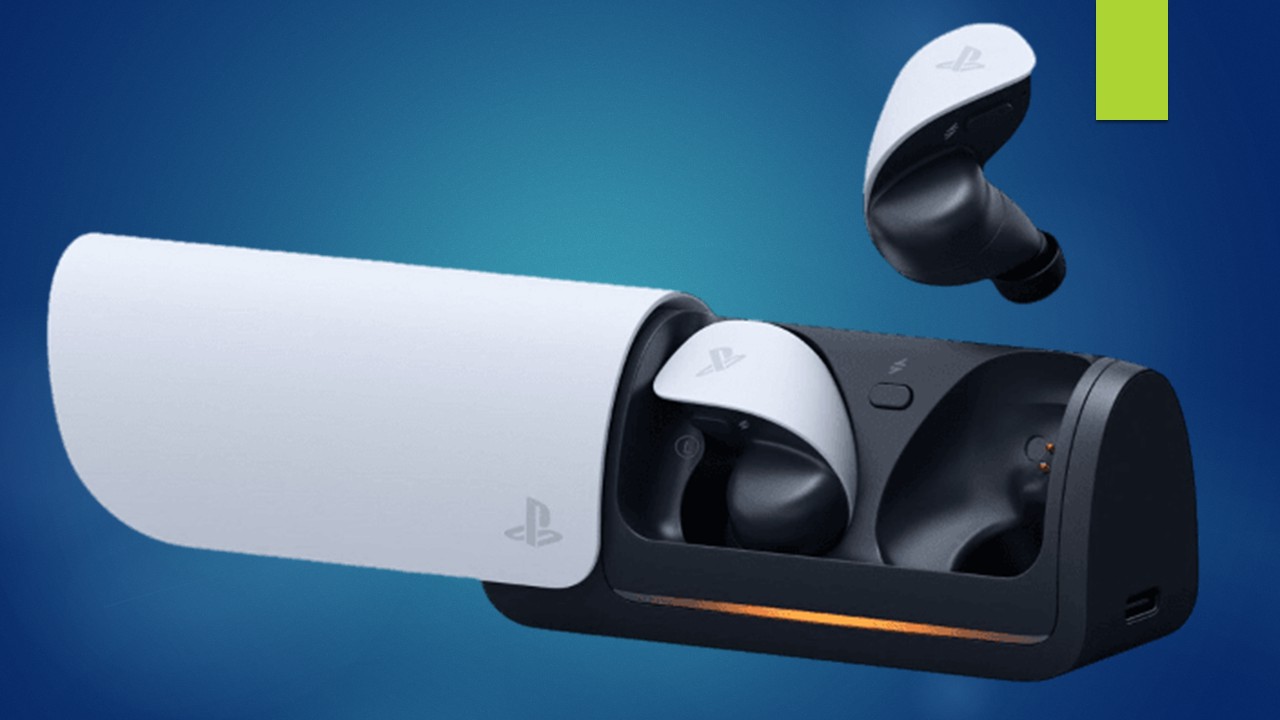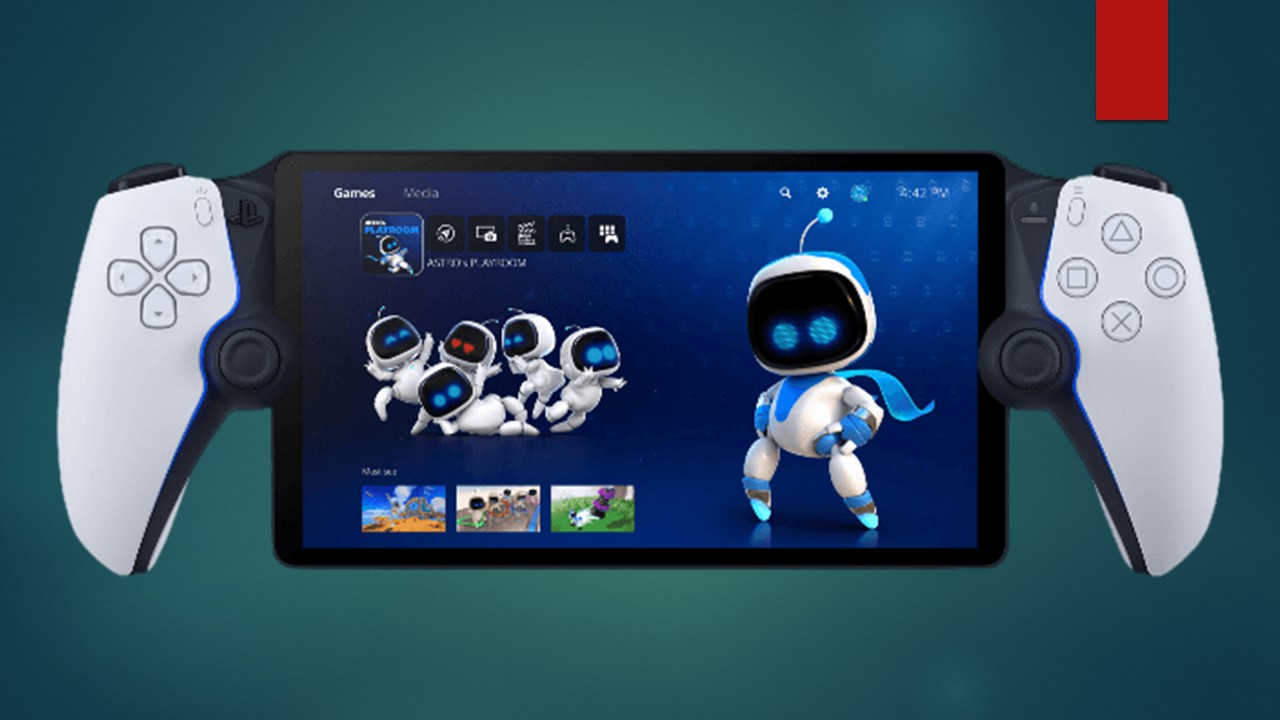PlayStation Link wireless audio technology is a new way to experience audio on PlayStation devices. It provides low-latency lossless audio, which means that you can hear the game audio in perfect sync with the action on the screen.
The PlayStation Link wireless audio technology is also compatible with the Pulse Elite and Pulse Explore headsets, as well as the PlayStation Portal Remote Play device.
How does it work?
PlayStation Link wireless audio technology uses a proprietary codec to transmit audio data over a wireless connection.
This codec is designed to minimize latency and ensure that the audio is delivered in lossless quality. The PlayStation Link wireless audio technology is compatible with both 2.4GHz and 5GHz Wi-Fi networks.

What are the benefits?
There are several benefits to using PlayStation Link wireless audio technology. First, it provides low-latency audio, which is essential for competitive gaming.
Second, it delivers lossless audio, which means that you get the full range of sound frequencies, resulting in a richer and more immersive audio experience.
Third, it is easy to use and set up.
Fourth, it is compatible with a variety of devices, including the Pulse Elite and Pulse Explore headsets, the PlayStation Portal Remote Play device, and the PS5.
Supported Devices
The following devices are supported by PlayStation Link wireless audio technology:
- Pulse Elite headset
- Pulse Explore headset
- PlayStation Portal Remote Play device
- PlayStation 5 (with USB adapter)
- PC and Mac
What are the limitations?
There are a few limitations to PlayStation Link wireless audio technology. First, it requires a wireless connection. Second, the range of the wireless connection is limited. Third, the audio quality may be affected by interference from other devices.
If you ask me, Sony’s PlayStation Link wireless audio technology is a promising new technology. It has the potential to revolutionize the way we experience audio on PlayStation devices. It offers low latency, lossless audio, and it is easy to use as well. However, it is still under development and there are some limitations to the technology as enumerated above.






